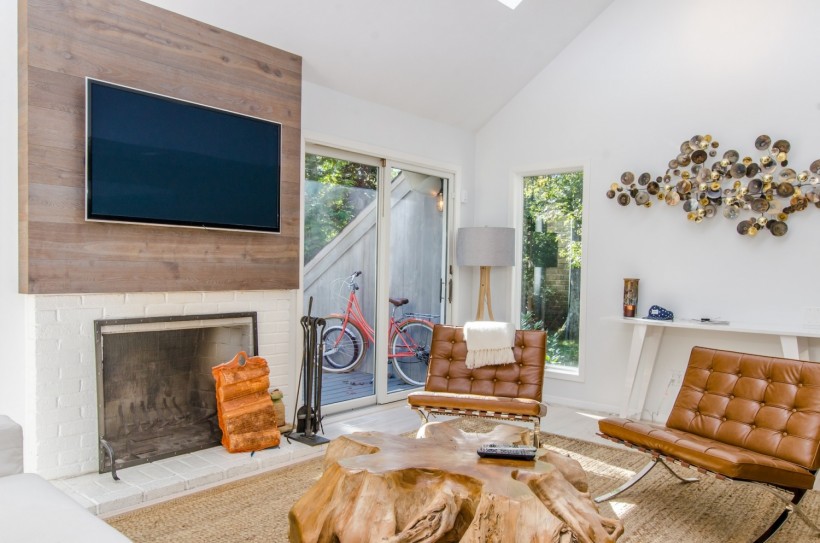
Thankfully, as the months go by, it's becoming easier and easier to source inexpensive yet entirely sustainable items of clothing, accessories, shoes, and other fashion items, and now, the world of interior design is quickly catching up. So, with that said, here are five steps to eco-friendly interior design.
1. Use Sustainable Building Materials
Firstly, whether you're building a brand-new house from the foundations upward or you're remodeling one or two of your ground floor rooms, for small and larger projects alike, you must seek to utilize eco-friendly building materials only.
For your floor coverings, soft furnishings, smaller ornaments, and bric-a-brac alike, make sure that you look for renewable materials over lesser, non-renewable alternatives.
2. Be Mindful of Paint and Other Finishes
Even though it's more than admirable to spend time sourcing recycled, upcycled, and sustainable building materials for everything from your sofa to your bed frame, if you choose to use toxic paint and other finishes, you're ruining all your hard work.
Instead, look for finishes containing the following, all of which are much less harmful to the natural environment, not to mention your health:
-
Milk paint
-
Latex paint
-
Non-toxic varnish
-
Low-biocide paint
-
Water-based sealants and stains
3. Stone Floors
The kitchen is the most popular place for laminate or stone flooring, mainly as they're both much more practical materials, but when you're redecorating your home with an environmentally friendly mindset, make sure you check out some natural stone flooring ideas.
Natural stone tiles are the ideal covering for underfloor heating (a luxurious addition to the hallway) and can add overall value to your property. Additional key benefits of choosing sustainable and environmentally friendly stone include a natural aesthetic and ambiance and a simple and low-maintenance floor cleaning routine.
4. Energy Efficient Lighting
These days, there are more energy-efficient lighting fixtures, fittings, and bulbs on offer than non-energy-efficient ones. Yet, people still make the mistake of thinking that their living room ceiling light will be brighter or their bathroom overhead light will last longer if they buy the cheaper options.
Energy-efficient lighting will also help to reduce harmful and toxic carbon dioxide emissions. As an example, you could replace all your bulbs with LED alternatives and reduce your home's emissions by around 50kg every single year.
In addition, make sure that you and your family get into the habit of turning off electrical items at the plug socket after use and turning the light off when they leave a room.
5. Upgrade the Insulation
By far, one of the biggest reasons why the average household energy bill is as high as it is (aside from the elevated prices, of course) is due to poor, or indeed, a complete lack of proper insulation.
Insulation will not only lower your energy bills and protect you and your family from the cold winter, but you'll also be going a long way to lower your household's carbon footprint.
* This is a contributed article and this content does not necessarily represent the views of sciencetimes.com














